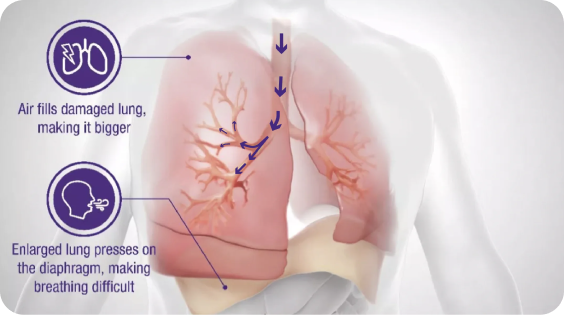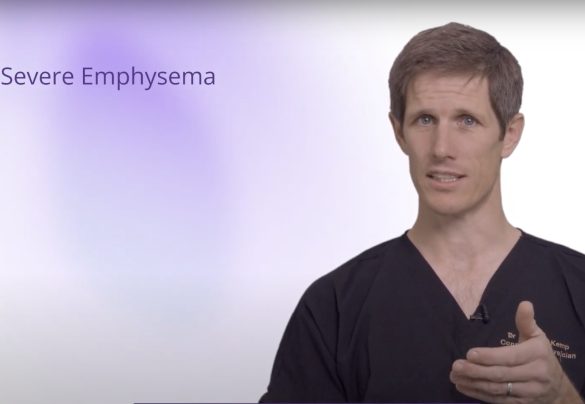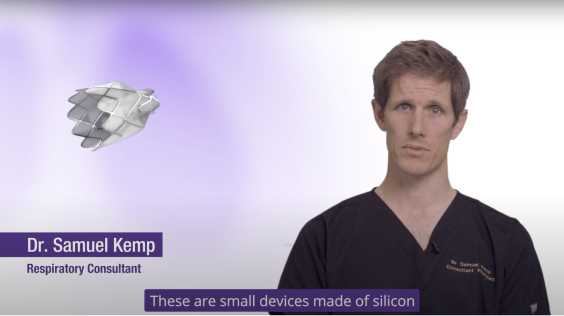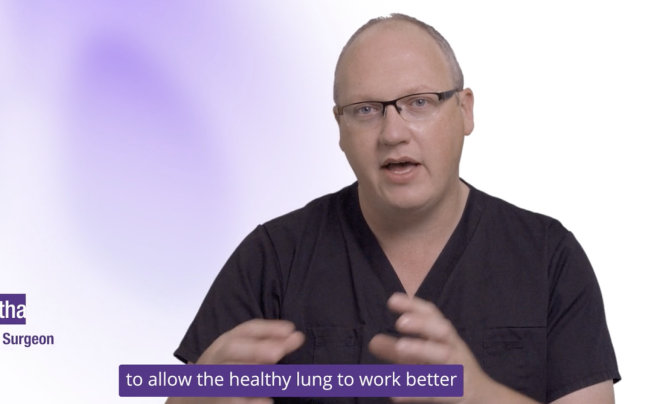Breathlessness in people with Severe COPD/emphysema
Emphysema is a form of COPD. It is an incurable condition but symptoms can be managed with the right treatment so patients can still enjoy a good quality of life.

In severe emphysema, parts of the lungs are damaged causing air to become trapped in them. The damaged parts of the lung get bigger, putting pressure on the healthier parts of the lung and diaphragm. This makes it harder to take deep breaths, leading to breathlessness, which can impact your daily life.
Take a self-test to get a better idea of whether you are at risk of severe COPD/emphysema.
Start the Self-test




